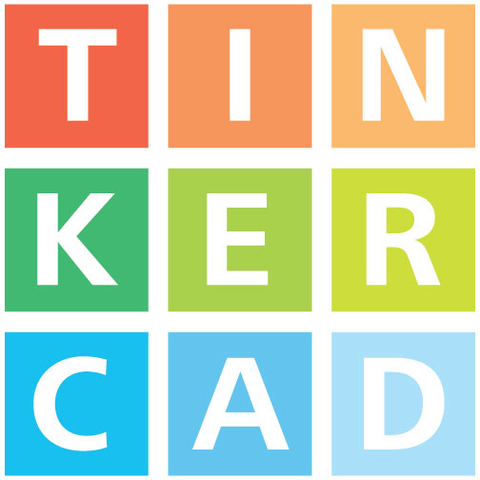Ways to Incorporate Tinkercad in the Classroom
Introduce 3D Printing: Tinkercad is an excellent gateway to 3D printing. Students can design their own objects, which can then be printed using 3D printers, providing a tangible representation of their creations.
STEM Projects: Use Tinkercad to reinforce STEM concepts. Students can design models that demonstrate scientific principles, such as building simple machines or illustrating geometric concepts.
Historical and Artistic Projects: Incorporate Tinkercad into history or art classes by having students recreate historical artifacts or design their own artistic sculptures and jewelry.
Engineering Challenges: Challenge students to solve real-world problems by designing practical objects like containers, tools, or prototypes of inventions.
Coding Integration: Tinkercad offers a code block feature, allowing students to program their designs for interactive and dynamic creations, making it a valuable resource for coding classes.
Cross-Curricular Projects: Collaborate with other subject teachers to create cross-curricular projects that incorporate 3D design. For example, students can design a historical model while learning about the culture and context of the era.
Benefits of Using Tinkercad in the Classroom
Hands-On Learning: Tinkercad provides students with a tangible way to apply theoretical concepts, making learning more engaging and memorable.
Creativity and Problem-Solving: Students can unleash their creativity and develop problem-solving skills by designing and refining their 3D models.
Collaboration: Tinkercad allows for collaborative projects, encouraging teamwork and communication among students.
Preparation for Future Careers: As 3D design and printing become increasingly important in various industries, students gain valuable skills that can benefit them in future careers.
Accessible Learning: Tinkercad's intuitive interface makes it accessible to students of different ages and skill levels.
Cost-Effective: Tinkercad is a free tool, eliminating the need for costly software licenses.
Conclusion
- Tinkercad opens up a world of possibilities in the classroom, empowering students to explore, innovate, and create. By incorporating Tinkercad into your teaching repertoire, you can inspire a new generation of thinkers, problem solvers, and creators while reinforcing STEM concepts and fostering a love for learning. The creativity and technical skills students develop through Tinkercad can have a lasting impact on their educational journey and future careers, making it a valuable tool for educators across disciplines.

Comments
Post a Comment